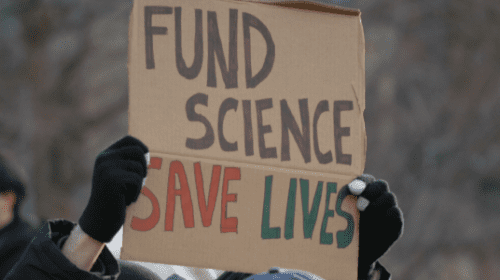Addiction treatment is often a combination of medical treatment, psychological treatment, behavioral modification and peer support. It isn’t an exact science, and many strategies have been used over the years in an attempt to “cure” people of their addiction. Traditionally, treatment centers often use a combination of behavioral therapy, peer support, 12 step programs and a structured, supervised environment to help clients overcome addiction.
In recent years, however, a couple things have become clear. First, there doesn’t seem to be one single strategy that works for all people, and second, when underlying issues go unaddressed, relapse is often the end result.
What does this mean? For example, trauma is a common issue that addicts face. Unfortunately, it often goes unaddressed in treatment.
An addict who is dealing with trauma may want to get clean and sober, and he or she may successfully complete treatment and have every intention of pursuing a life of recovery. But those old issues of trauma, PTSD, anxiety and depression are still present. These issues don’t just go away after 30 – 60 days of treatment. It is these unaddressed issues that often result in a relapse.
Because of this, more and more treatment centers are incorporating holistic treatments and therapies into their programs. When multiple facets of the individual are treated, long-term sobriety is more likely to happen.
What Is Art Therapy?
Some people think that art therapy is merely painting pictures or playing with clay, and that the value of art therapy doesn’t go beyond a being a creative outlet, but this isn’t the case. Art therapy is a specific type of therapy performed by licensed psychotherapists who are certified to practice it.
Art therapy uses creative processes and materials to explore feelings such as grief, guilt and shame, and to process trauma and other deep or overwhelming emotions. Through art therapy, patients are often able, with the help of their therapist, to access and process powerful emotions and memories that would have taken much longer to access through talk therapy alone.
How Art Therapy Can Enhance Traditional Treatment And Therapy
Art therapy does help reduce stress, provides a creative outlet and enhances self-esteem, self-expression and self-confidence, but it truly does much more than that. When used in conjunction with other therapies, such as talk therapy, cognitive behavioral therapy (CBT) group therapy and more, it can really help move the healing process forward so that clients can begin working on issues that may be contributing to their substance use problems.
For the person in treatment, art therapy can accelerate progress when working through issues such as trauma or grief. People arriving in treatment are often closed off, and talk therapy isn’t always the most effective means of getting them to open up. Art therapy is non-confrontational. This non-confrontational approach can help build trust and help the client become more comfortable.
The reality is that many people who enter treatment are suffering from trauma and PTSD due to childhood trauma, sexual assault, domestic violence, drug-related violence, exploitation and more. Often, there are years of piled up trauma that result in severe depression, anxiety, panic attacks, poor self-image, suicidality, eating disorders and substance abuse.
While getting clean and sober is a wonderful step in the healing process, it removes a primary coping mechanism frequently used by people who are struggling with mental illness and trauma.
For so many people, leaving treatment and heading out into the “normal world” leaves them feeling vulnerable and ill-equipped to deal with their still-existing issues. Art therapy is simply another tool to help people do some real work on these issues while still in treatment.
Additional Benefits Of Art Therapy
Addiction depletes the body and mind. Most people arrive in treatment having suffered at least some degree of cognitive deficit. Drug and alcohol use causes damage over time that affects short-term memory, decision making and problem solving abilities. Fortunately, the brain has remarkable healing powers, but it can take time, sometimes a year or even more, for the brain to fully heal itself. Art therapy helps boost cognitive function, helping the brain’s healing process along.
Incorporating art therapy into addiction treatment makes sense. People who are new in recovery are often more receptive to this type of therapy than others. Holistic treatments have been found to play an important role in treatment, and it has become increasingly apparent that treating the whole person, not just their drug or alcohol problem, is a positive step in the right direction.
Resources:
https://www.arttherapy.org/upload/whatisarttherapy.pdf
https://www.pandys.org/articles/PTSDarttherapy.html

























